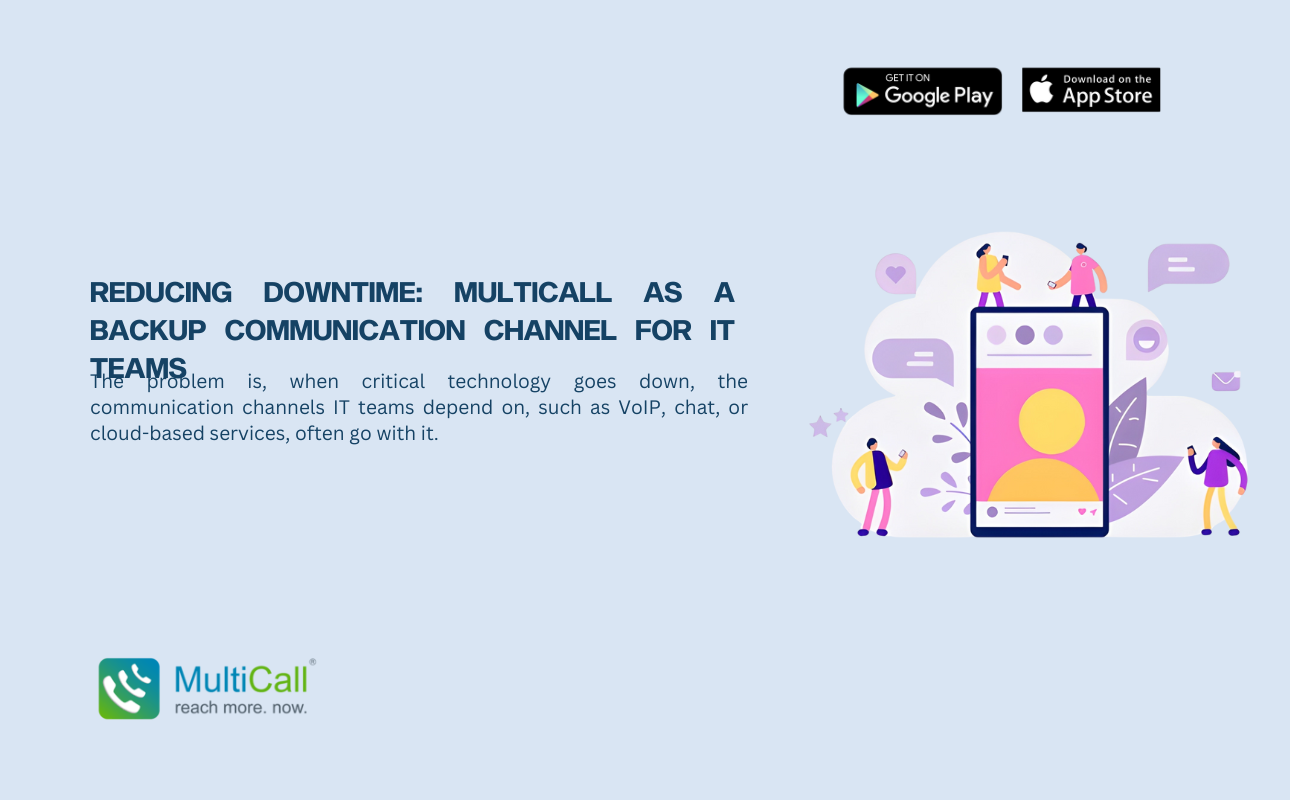
REDUCING DOWNTIME: MULTICALL AS A BACKUP COMMUNICATION CHANNEL FOR IT TEAMS
The problem is, when critical technology goes down, the communication channels IT teams depend on, such as VoIP, chat, or cloud-based services, often go with it.
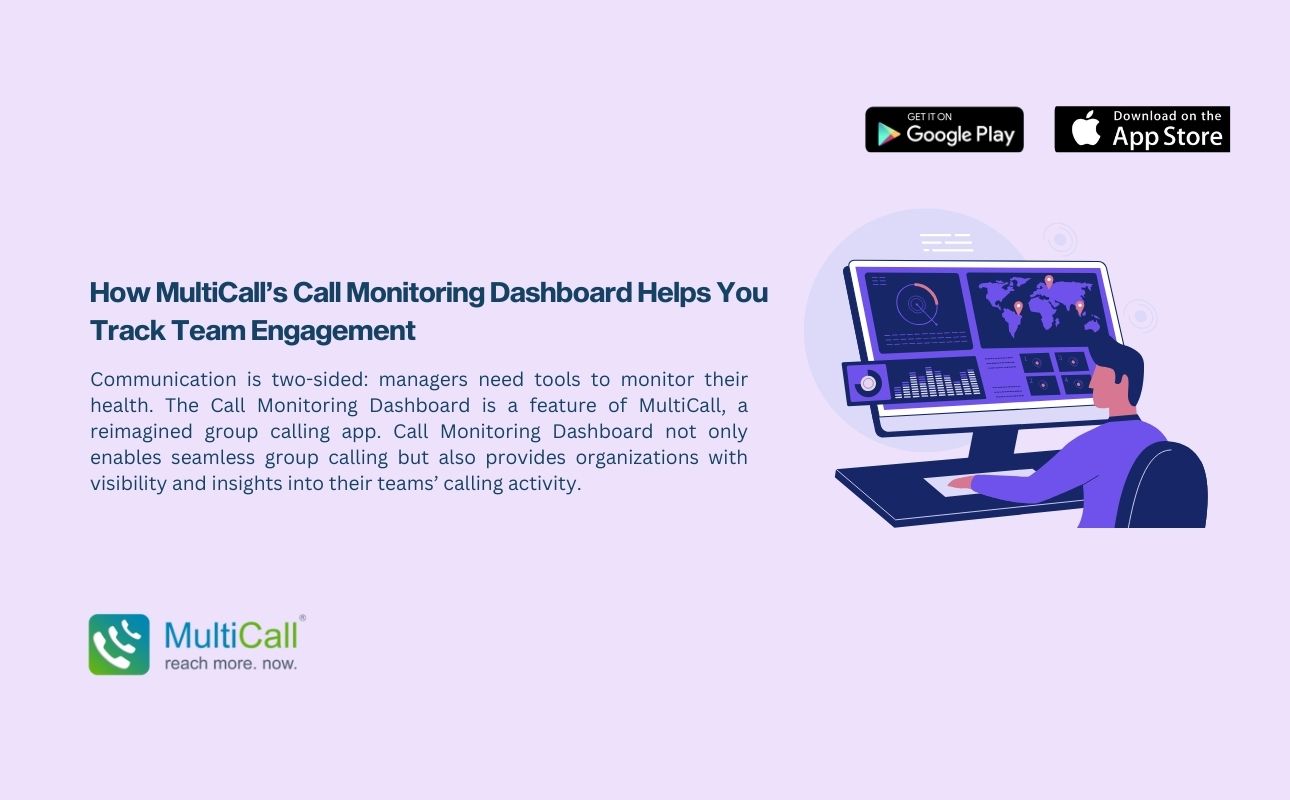
Communication is two-sided: managers need tools to monitor their health. The Call Monitoring Dashboard is a feature of MultiCall, a reimagined group calling app. Call Monitoring Dashboard not only enables seamless group calling but also provides organizations with visibility and insights into their teams’ calling activity.
Managers can now measure communication health with granularity using dashboard features like participation tracking and call duration. In this article, we will look at the Call Monitoring Dashboard in detail and examine how businesses can use it to boost efficiency, optimize team engagement, and promote data-informed decision-making.
The Call Monitoring Dashboard is a separate screen or panel where call data and employee participation are compiled and updated in real-time. Think of it as an analytics interface where all the necessary engagement information related to the calling is aggregated for easy visibility.
In the past, we could only speculate whether teams were staying engaged with each other. With the Call Monitoring Dashboard, this is a thing of the past. Everything is transparent, and managers no longer have to guess or rely on feedback after the fact. Call logs, call duration, and employee engagement data are some of the data available in the dashboard. Together, they provide a transparent and cohesive view of employee and team communication.
Monitoring team engagement is not the same as calling frequency. It is concerned with the level of participation and involvement of staff in group communication. With the dashboard, businesses can now record and measure many of these engagement parameters:
Active Participation: Who is on the call regularly and who isn’t? What is the average number of members who attend?
Call Frequency and Duration: Are you talking too much or too little?
Attendance: Are there any regular no-shows? Do many join late?
By compiling all these parameters, businesses can understand how teams and members are engaged. This way, when there are inefficiencies or communication gaps, it’s easy to trace them back to participation metrics.
Team leaders, especially those who manage distributed or hybrid workforces, have a tool in the Call Monitoring Dashboard. It’s a means of mirroring their employees and team members for a data-informed perspective of engagement. Here are some ways leaders can take advantage of the dashboard.
The dashboard, therefore, is more than a tool for reporting and auditing; it is also an excellent capability for internal team development.
In a world where group calling is one of the primary work communication touchpoints, the Call Monitoring Dashboard offers support, including productivity.
By providing visibility on all the right engagement metrics for team meetings, the dashboard gives managers actionable data to take an informed approach to employee engagement. The impact of the dashboard, therefore, can be felt throughout the business. For the organization, it is efficiency and data-driven team management. For further information, contact us today!



The problem is, when critical technology goes down, the communication channels IT teams depend on, such as VoIP, chat, or cloud-based services, often go with it.
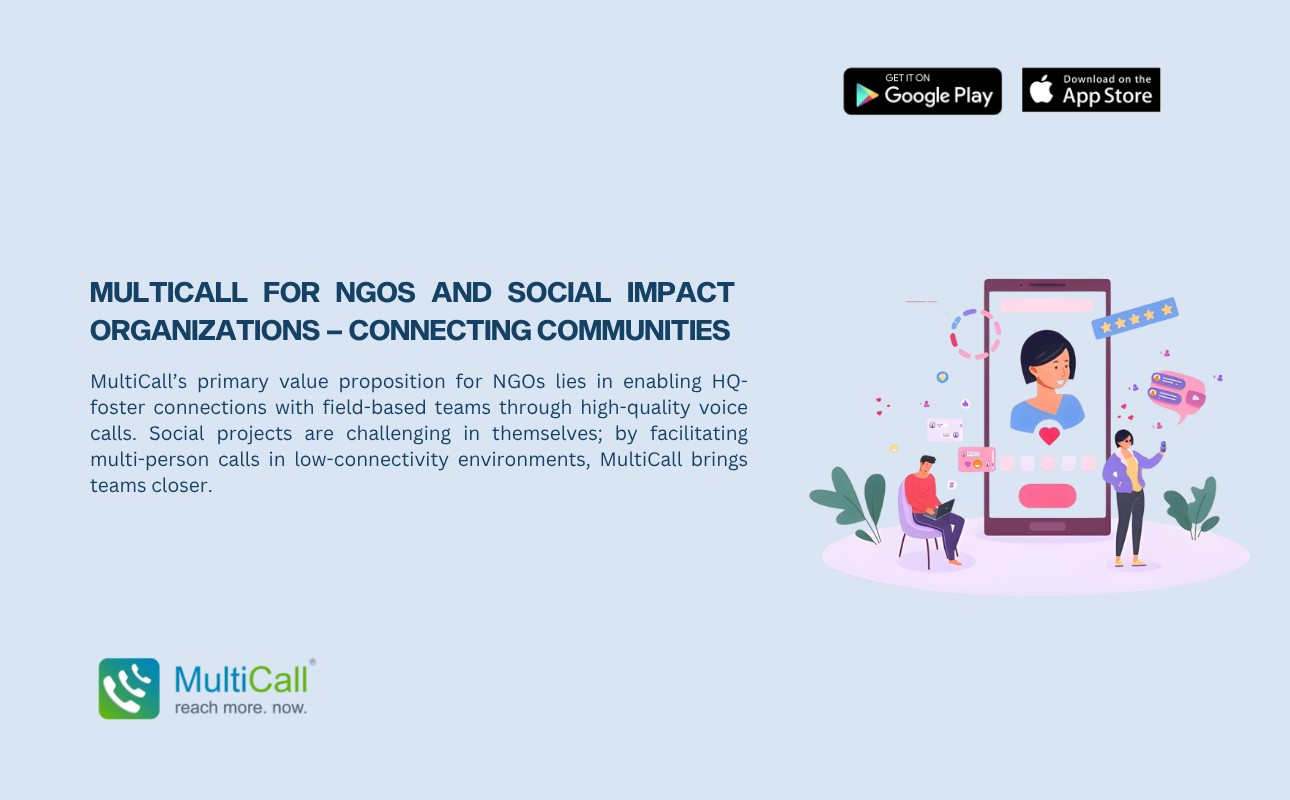
MultiCall’s primary value proposition for NGOs lies in enabling HQ-foster connections with field-based teams through high-quality voice calls. Social projects are challenging in themselves; by facilitating multi-person calls in low-connectivity environments, MultiCall brings teams closer.
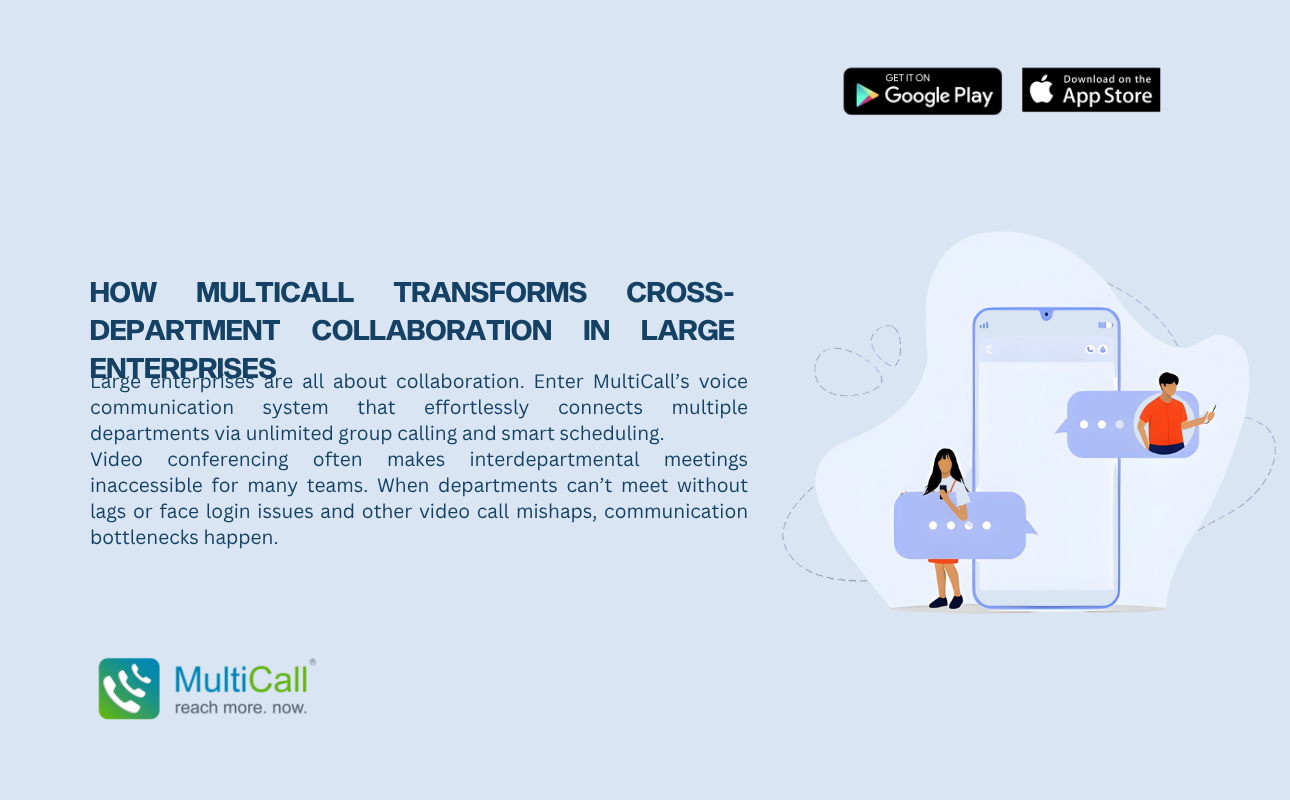
Large enterprises are all about collaboration. Enter MultiCall’s voice communication system that effortlessly connects multiple departments via unlimited group calling and smart scheduling.
Video conferencing often makes interdepartmental meetings inaccessible for many teams. When departments can’t meet without lags or face login issues and other video call mishaps, communication bottlenecks happen.
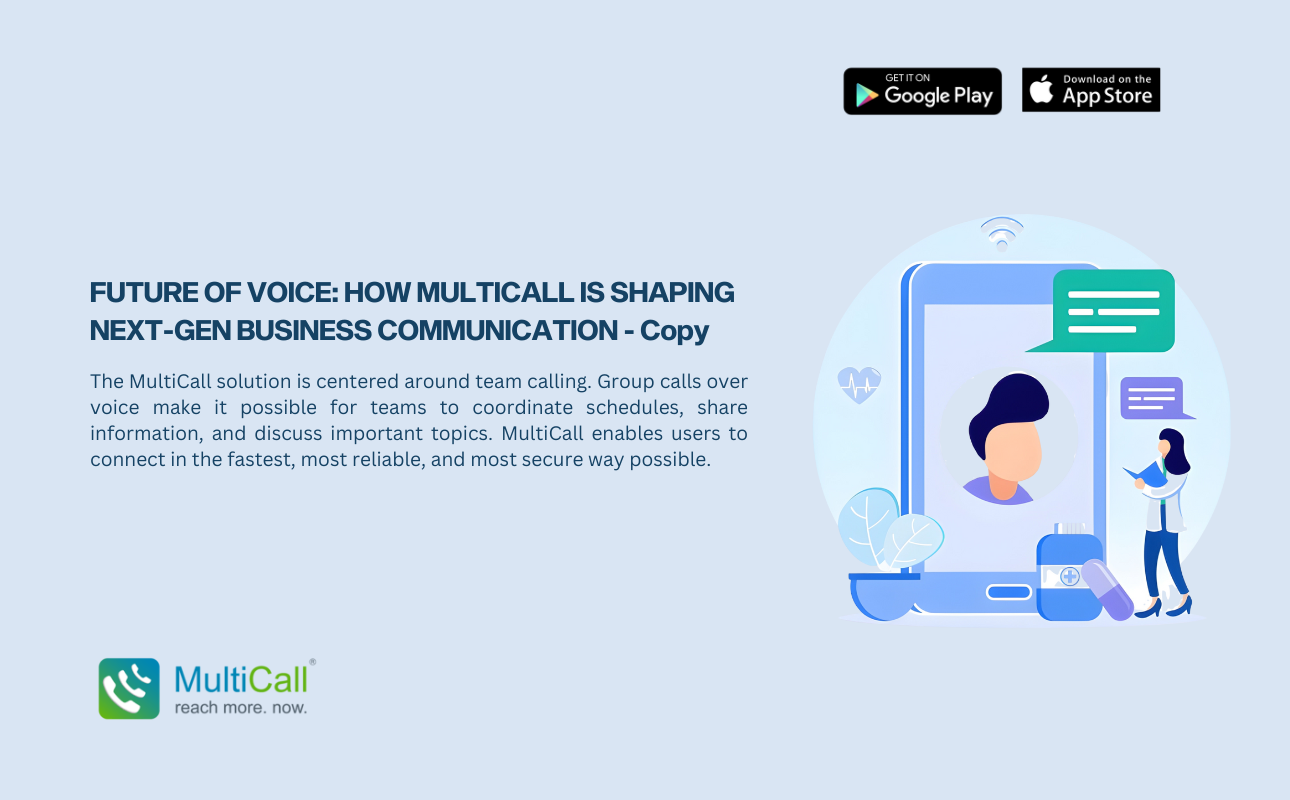
The MultiCall solution is centered around team calling. Group calls over voice make it possible for teams to coordinate schedules, share information, and discuss important topics. MultiCall enables users to connect in the fastest, most reliable, and most secure way possible.
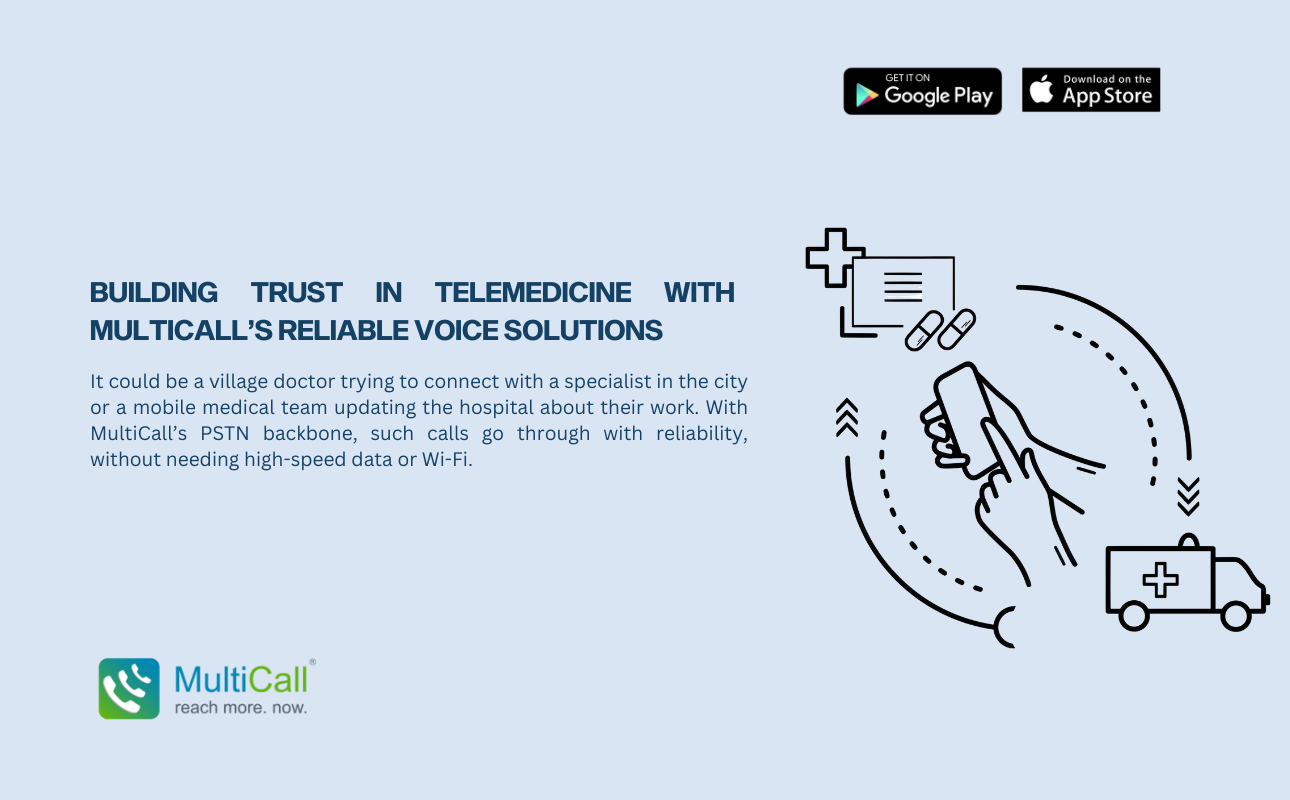
It could be a village doctor trying to connect with a specialist in the city or a mobile medical team updating the hospital about their work. With MultiCall’s PSTN backbone, such calls go through with reliability, without needing high-speed data or Wi-Fi.

Efficiency equals profitability in business; central to that is communication. Countless organizations have miscalculated the cost of an unreliable phone or messaging application. Hours of delays, dropped calls, miscommunication, lost meetings, and disjointed coordination can translate into serious financial loss for an enterprise.
Communication has become less of an amenity and more of an investment. Enterprise voice communication software like MultiCall, with a complete solution for large teams, comes with a very clear and direct return on investment (ROI) through increased productivity, decreased downtimes, and operationally safeguarded communication.